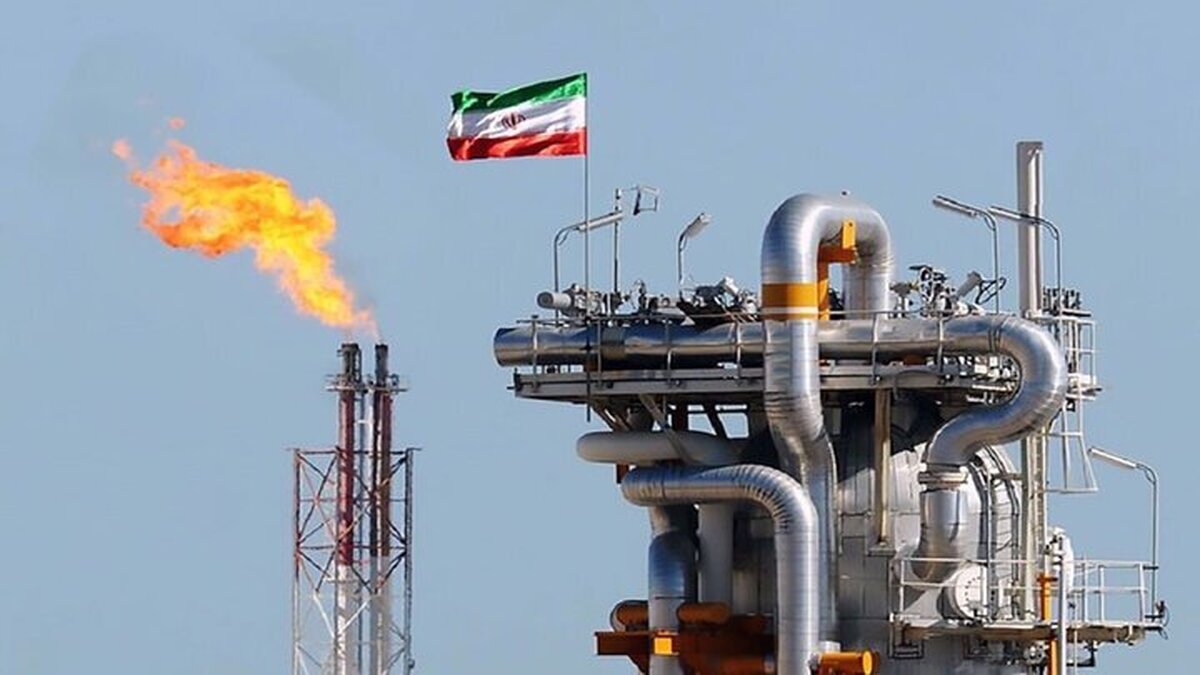
NIGC Indigenization of Equipment on Fast Track
EghtesadOnline: National Iranian Gas Company, a subsidiary of the National Iranian Oil Company, has invested $4 billion to fast track the indigenization of 29 vital equipment in collaboration with domestic manufacturers and engineers over the past two decades, the head of state-run NIGC said.
"These parts meeting the lion’s share of the industry's needs have reduced the import of equipment worth over $300 million per year," Hassan Montazer-Torbati was also quoted as saying by the Oil Ministry's news portal.
The indigenized equipment includes pumps, anti-corrosion steel pipes, valves, turbines, storage tanks, boilers and compressors, he added.
“The share of natural gas in Iran's energy basket is 70% that are expected to reach 85% by 2025. To achieve this goal, more equipment are required to be manufactured by domestic producers.”
According to the official, despite difficulties, including geostrategic challenges and the recent coronavirus pandemic, Iran has made noticeable progress in its gas sector.
“Relying on domestic human resources, knowhow and investment, we have reached a sustainable production level of 1 billion cubic meters of gas per day.”
Montazer-Torbati noted that almost 95% of the total 83 million population in Iran have access to piped gas.
The number of villages connected to the gas grid has increased from 14,000 in 2013 to 35,000 now, which indicate a 2.5-fold increase in the past eight years.
“In view of these measures, 95.1% of Iranians now have access to natural gas, which is a unique figure in the world. Currently, 98.4% of the urban population and 84.6% of the rural population are linked to the gas grid, while in 2013, 95% of the urban 54% of the rural population had access to natural gas,” he said.
In order to expand the gas network, 84 turbochargers have been constructed and more than 5,000 kilometers of gas transmission pipelines have been installed in the past eight years.
The NIGC chief noted that natural gas has replaced liquefied fuel in many power plants, which helps preserve the environment and raise petroleum exports.
“Liquid fuel consumption in thermal power plants has declined from 43% in 2012 to 20% in 2000. This has prevented the consumption of more than 58 billion liters of liquid fuels worth $26 billion and the export of such petroleum products in 2020 had more than quadrupled compared to 2012,” he said.
Natural gas production capacity is 1 bcm/d, which will increase by 10% to 1.1 bcm/d in September.
The rise in production will come from phases 13 and 14 of South Pars Gas Field in the Persian Gulf, which are not fully operational yet. The sixth, ninth, 10th and 11th Iran Gas Trunkline (IGAT-6, IGAT-9, IGAT-10 and IGAT-11) are being extended.
IGAT is a series of nine large diameter pipelines built to supply gas from refineries in the southern Khuzestan and Bushehr provinces.
Of the total output, close to 75 mcm/d are sold to neighboring states, namely Iraq and Turkey. Armenia and Azerbaijan, also buy gas via swap deals.
Despite the fact that NIGC’s export network has been extended to face delivery challenges, export capacity is unlikely to rise unless domestic consumption is curtailed.
According to Montazer-Torbati, consumption in household and commercial sectors accounts for 70% of the total output and close to 230 mcm/d of gas are delivered to power plants and petrochemical plants.
“Without reducing gas consumption, especially in thermal power plants, we will not be able to maintain the balance between gas production and consumption in the future because we have no other South Pars Gas Field to tap,” he said.


